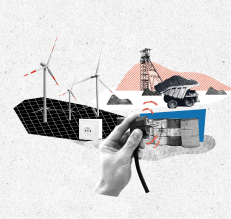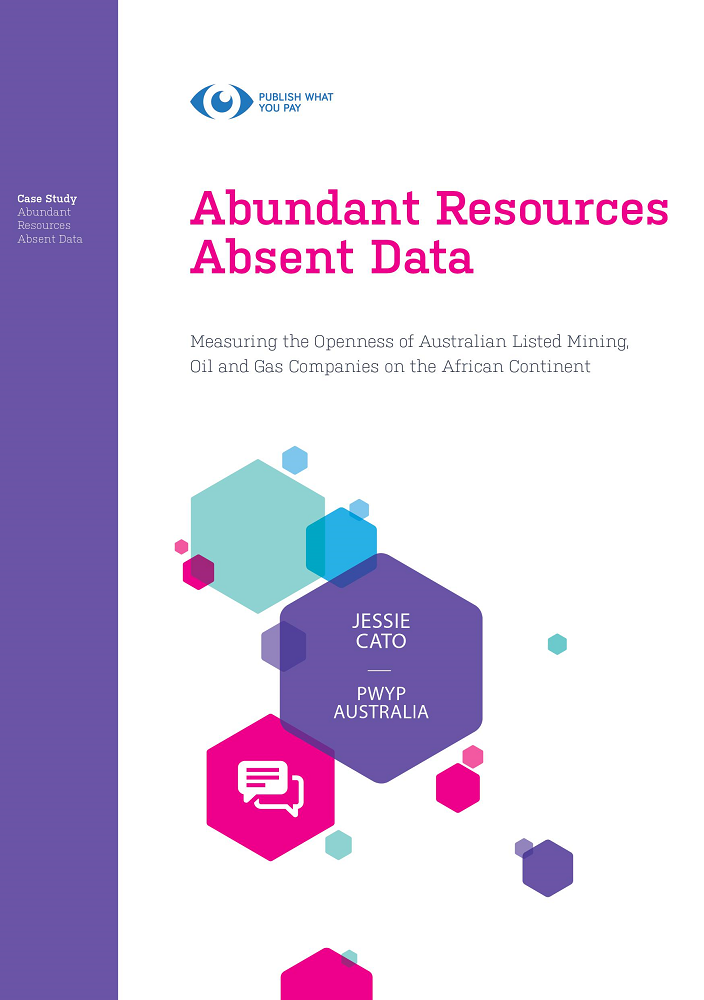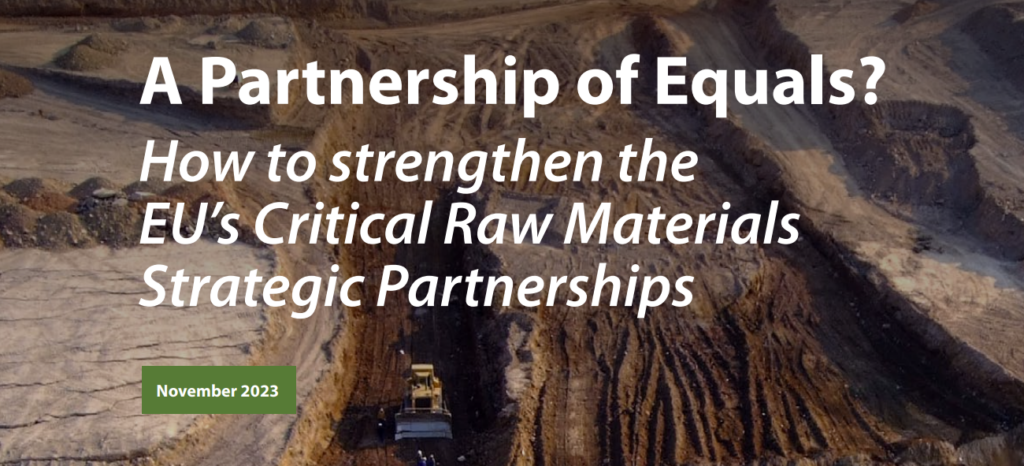Measuring the Openness of Australian Listed Mining, Oil and Gas Companies on the African Continent
As a country rich in natural resources, Australia has a long history of extractive industries. Amongst our staple high production of gold and coal, Australia notably also produces 47% of the world’s rutile, 29% of its bauxite and a quarter of the globe’s iron ore. When it starts producing, the Gorgon offshore Liquefied Natural Gas (LNG) project is expected to see Australia surpass Qatar as the world’s largest exporter of LNG. Australian extractive companies also have a dominant presence internationally, and our global extractive presence is on par with countries such as Canada and the UK. However, unlike Canada and the UK, Australia has no domestic legislation that requires extractive companies publicly report their payments on a country by country or project by project basis. Despite signalling its commitment to join the EITI in 2016, Australia is yet to apply for candidacy. Payment data on Australian companies and their international and domestic operations, particularly to the project level, is therefore difficult to find or simply unavailable.
Along with little payment reporting, there is also no publicly available data collected by the Government on the location or number of Australian companies’ overseas operations. The only comprehensive research available on Australia’s global extractive footprint is a 2015 report from the Centre for Exploration Targeting which states that Australia outranks the UK, Canada, and China, by number of extractive companies operating on the African continent. This claim has been repeated by the Australian government, however no information is provided to verify this claim. The project and company count of Australian activities in Africa as stated by the Australian Government, the Centre for Exploration Targeting, and the Australian extractive industry bodies also varies significantly.
In this context, Publish What You Pay (PWYP) Australia set out to establish if we could confirm the company and project figures claimed by using publicly available data from extractive companies listed on the Australian Stock Exchange (ASX). Given the limited availability of data in Australia, we also wanted to create an open data set of the projects that were found as a resource for civil society.
This case study was written by Jessie Cate, previously with PWYP Australia, and summarises her report Abundant Resources, Absent Data. It is part of Publish What You Pay’s Data Extractors programme, a pilot programme which trained PWYP members and activists from across our network to use extractives data.











